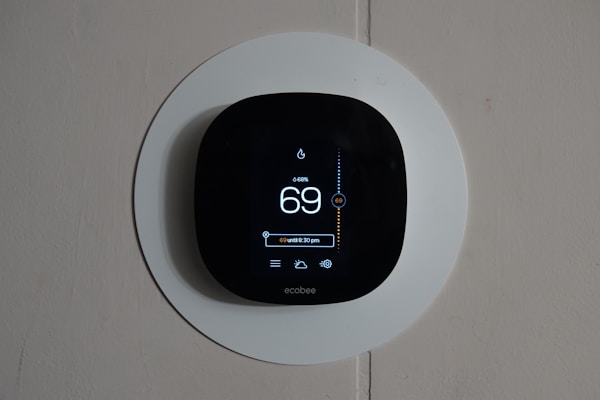A geothermal HVAC system uses the earth as a heat source and sink. During the winter, the system uses the earth as a heat source to warm your home. During the summer, the system uses the earth as a sink to cool your home. Geothermal HVAC systems are more efficient than traditional HVAC systems and can save you money on your energy bills. They are also more environmentally friendly because they do not generate as many emissions. Although they have many benefits, a lot of homeowners don't know much about them or why they should consider a geothermal system. If you want to learn more, keep reading to find out how geothermal HVAC systems work.
How do geothermal HVACs work?

A geothermal HVAC system is a heating and cooling system that uses the earth's natural thermal energy to heat and cool your home. Geothermal HVACs consist of a series of pipes that are buried in the ground. These pipes are connected to a heat pump, which extracts the heat from the ground in the winter and transfers it into your home, and extracts the heat from your home in the summer and transfers it into the ground. This allows your home to be heated and cooled using a fraction of the energy that would be required by a traditional HVAC system.
You do need to keep up with maintenance to extend the lifespan of your system and keep it in good working order. The primary maintenance task for geothermal systems is keeping the heat exchanger clean. The heat exchanger is a series of metal tubes through which the water flows. Dirt and debris can build up on the tubes and reduce the system’s efficiency. By having a technician inspect the unit annually, you can ensure that it gets cleaned. The fluid levels will need to be checked as well, so you can add more fluid if necessary.
If you're worried about the cost, there are a few different types of tax incentives and rebates available for geothermal HVACs. The federal government offers a tax credit for the installation of a new geothermal system, and some states also offer their own incentives. In addition, many utilities offer rebate programs to help offset the cost of installing a geothermal system.
What else can you do to maintain your preferred temperature at home?

Now that you know a little more about geothermal HVAC systems, let's discuss some other steps you can take to ensure that you can maintain your preferred temperature at home. One option is to upgrade to a smart thermostat. A smart thermostat is an amazing investment for homeowners. Not only does it save you money on your energy bill, but it can conserve energy and make your home more comfortable. Smart thermostats are able to do this by learning your habits and adjusting the temperature accordingly and they can even add value to your home.
Beyond upgrading to a smart thermostat, you should check the condition of your windows and doors as well. Cracks and crevices in your windows and doors can let in outdoor air, moisture, and pests. These air leaks force your HVAC system to work harder to prevent a sudden change in temperature, which can make your utility bills more expensive. You can avoid this by sealing any flaws or imperfections with caulk or weatherstripping as soon as possible. If the damage is severe, contact a contractor to see if you need window repair or replacement.
Geothermal HVACs are highly efficient and can save homeowners money on their energy bills, which is why they're desirable for many homeowners. If you’re interested in installing a geothermal system in your home, contact a geothermal specialist in your area. They can help you determine if a geothermal system is the right option for your home and provide you with a quote for installation. You can make your system more effective by sealing air leaks and upgrading to a smart thermostat. Follow this advice and you can be sure you'll be comfortable at home, no matter what the temperature is like outside.






